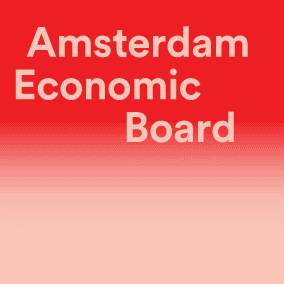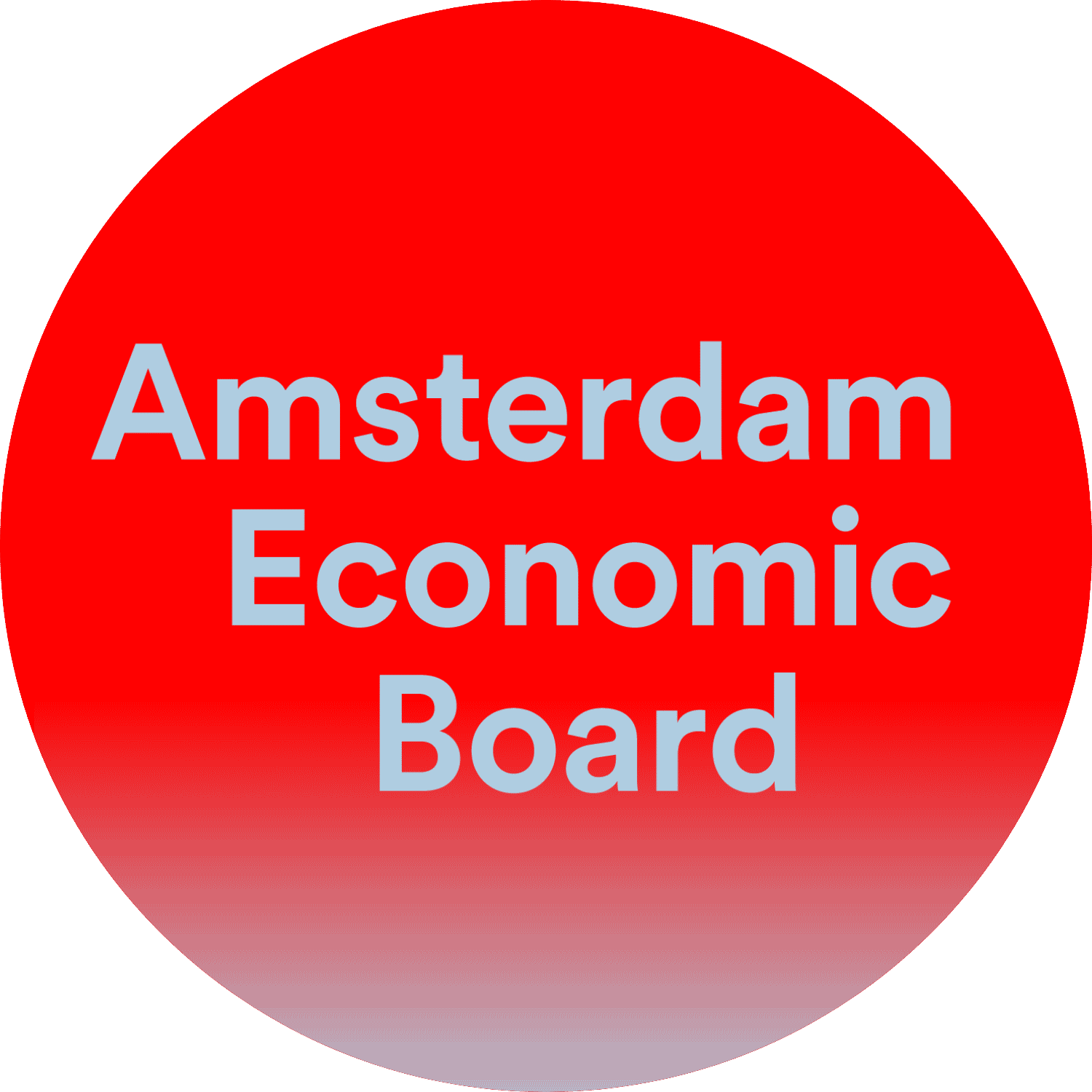Waardenhiërarchie: de waarden van tada vertalen naar de praktijk
De beloften van het gebruik van data en nieuwe technologieën zijn groot; onze steden worden groener en leefbaarder, de gezondheidszorg effectiever en het onderwijs toegankelijker. Maar wat gebeurt er met de beschikbare data, nu steeds meer verkeer online verloopt? Wie ontwikkelt de algoritmen en wie is er uiteindelijk verantwoordelijk? In het manifest 'Tada - Duidelijk over data' staan waarden opgenomen die zouden moeten gelden in digitaal verantwoorde steden. In dit interview nemen we samen met een expert een van die waarden onder de loep.
Bij de aanleg van de Oosterscheldekering in Zeeland botsten twee waarden: veiligheid en milieubehoud. Aanvankelijk zou een dam de Oosterschelde volledig afsluiten om het achterliggende land tegen hoog water te beschermen. Vissers, watersporters en milieuorganisaties maakten bezwaar omdat daarmee het zoutwater ecosysteem zou verdwijnen. Ingenieurs maakten het wereldberoemde nieuwe ontwerp van een halfopen stormvloedkering die alleen bij noodweer gesloten wordt. Zeeland was veilig en de Oosterschelde bleef zout.
Ibo van de Poel haalde dit voorbeeld aan tijdens zijn online mini-college over waardenhiërarchie. De bijeenkomst vond plaats op 3 december 2020 en werd georganiseerd door het Responsible Sensing Lab, een samenwerking tussen AMS Institute en de gemeente Amsterdam. Tijdens het college werd de theorie aan de praktijk gekoppeld: waardenhiërarchie is een methode om abstracte waarden te vertalen naar concrete ontwerpvereisten. Deze methode kan soms zelfs helpen om schijnbaar conflicterende waarden in je ontwerp te verenigen.
Waardenbewust ontwerpen
Van de Poel doet onderzoek naar waardenbewust ontwerpen (Value Senstive Design). Hierbij worden ethische waarden systematisch meegenomen in elke stap van het ontwerpproces van technologie. In het college ging Van de Poel in op de vraag hoe de zes Tada waarden concreet kunnen worden toegepast. Vanwege corona ontmoetten de circa 25 deelnemers elkaar online.
Van de Poel noemde drie stappen in waardenbewust ontwerpen. Als eerste breng je de stakeholders en hun waarden in kaart. Als voorbeeld in het college werd de scanauto aangehaald die controleert op foutparkeren. Wie zijn de belanghebbenden en groepen die door de technologie worden geraakt? En welke waarden vinden die groepen belangrijk? De tweede stap is conceptueel: wat bedoelen we met die waarden? Dat is namelijk niet eenduidig. Je kan vinden dat aan de waarde privacy is voldaan als een gebruiker geïnformeerde toestemming geeft voor gegevensverzameling. Maar je kunt het ook strenger uitleggen en stellen dat er zo weinig mogelijk data verzameld moet worden. De derde stap in waardenbewust ontwerpen is de waarden vertalen naar het technisch ontwerp.
Als gereedschap om de vertaling naar technisch ontwerp te maken, introduceerde Van de Poel in 2013 de waardenhiërarchie systematiek. De hiërarchie bestaat uit drie lagen: waarden, normen en ontwerpvereisten. Bovenin de piramide staan de waarden. Deze zijn te abstract om direct in een technologisch ontwerp toe te passen. Daarom maak je een vertaalslag van waarden naar normen. Normen bestaan uit voorschriften en beperkingen die ons handelen sturen. De ontwerpvereisten zijn de meest concrete laag van de hiërarchie. Van de Poel illustreerde dit met een voorbeeld uit de pluimvee-industrie. Bij de ontwikkeling van een legbatterijsysteem wordt de waarde ‘dierenwelzijn’ meegenomen. Door kippen in hun natuurlijke habitat te bestuderen is bekend dat ze graag rondlopen. De waarde dierenwelzijn wordt vertaald naar de norm: ‘voldoende leefruimte’. De concrete ontwerpvereiste voor het legbatterijsysteem is vervolgens dat er 1100 cm2 per kip aan ruimte beschikbaar moet zijn.
Tada waarden
Na de algemene introductie over de waardenhiërarchie gingen Van de Poel en de deelnemers specifieker in op de zes Tada waarden voor een verantwoorde digitale stad. “De waarden zijn een mooi uitgangspunt omdat er veel mee wordt afgedekt”, zei Van de Poel. “Maar er ligt wel een grote focus op data. Het is goed om te beseffen dat voor een slimme stad ook andere waarden kunnen gelden. Denk bijvoorbeeld aan duurzaamheid.” Het is daarom goed om per project de waarden te overwegen. Afhankelijk van de context of de technologie die je wilt ontwikkelen, kan het nodig blijken ook andere waarden toevoegen, aldus Van de Poel.
Levend document met vertalingen
Het proces om tot die waarden te komen kan op verschillende manieren georganiseerd worden. Je kunt vertegenwoordigers van alle belangengroepen uitnodigen om met elkaar de waarden te bepalen. Gedacht vanuit de Tada waarden ‘zeggenschap’ en ‘inclusief’ zou dat voor de hand liggen. Maar een nadeel kan zijn dat dit een arbeidsintensief proces is. Je kunt ook met een kleinere groep nadenken over waarden en hun vertaling naar normen en ontwerpvereisten. Als je dat proces goed vastlegt, verschaf je transparantie over het proces. Op die manier kan je verantwoording afleggen over de gemaakte beslissingen. Een van de deelnemers kwam met het idee om online een levend document bij te houden. De vertalingen naar normen en vereisten van de Tada waarden kunnen daarin worden vastgelegd. Zo draagt een groeiend aantal mensen bij aan het vertalen van de waarden.
Tegengestelde waarden verenigen
Van de Poel wees op het verschil tussen intrinsieke en instrumentele waarden. Die eerste zijn waardevol omwille van zichzelf zoals menselijk welzijn, schoonheid en de waarheid. Instrumentele waarden zijn waardevol omwille van iets buiten zichzelf zoals kosteneffectiviteit en betrouwbaarheid. Een van de deelnemers ging daar dieper op in. Het Tada platform wil er aan bijdragen dat er meer verantwoorde producten worden afgenomen. Een belemmering daarin is dat ethische technologie niet per se goedkoper of efficiënter is. Dat maakt het vanuit zakelijk oogpunt niet vanzelfsprekend om te investeren in ethische producten. Een antwoord zou kunnen liggen in niet alleen nadenken over intrinsieke maar ook over instrumentele waarden.
Dat beaamde Van de Poel: “Waardenhiërarchie probeert alle soorten waarden mee te nemen. Het interessante idee achter waardenbewust ontwerpen is dat een product aan schijnbaar tegengestelde waarden kan voldoen. Daarom moet je conflicterende eisen niet proberen te vermijden. Conflicten kunnen juist leiden tot nieuwe inzichten. Bewust nadenken over waarden, kan tot nieuwe oplossingen leiden. De belangrijkste vaardigheid van een ontwerper is tegengestelde zaken in een ontwerp bij elkaar brengen. Door tegenstellingen te overbruggen, kan je komen tot een nieuw soort product.” Zoals een waterkering die niet alleen veilig maar ook ecologische verantwoord is. Een oplossing die trouwens, net als Ibo van de Poel, van de TU Delft kwam.
Wil je meer weten over tada?
Hou de website tada.city in de gaten of neem contact op met onze collega Willem Koeman.
18 december 2020
Meer weten over
Neem contact op
Blijf jij ook op de hoogte?
8x per jaar nieuws en events uit de regio: schrijf je in voor de Board Update nieuwsbrief
Deel dit artikel
Wil je op de hoogte blijven?
Volg ons dagelijks op LinkedIn en schrijf je in voor de Board Update nieuwsbrief.
Lees ook deze berichten
- Een nieuwe lichting gedreven jongeren is aangetreden bij Young on Board, de ...
- Met de selectie van vier kanshebbers is de regionale voorronde van de ...
- Met meer dan 80 ondernemers, 40 investeerders en diverse dienstverleners bood LSH Capital Match ...

